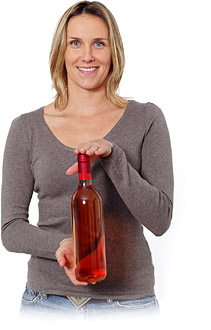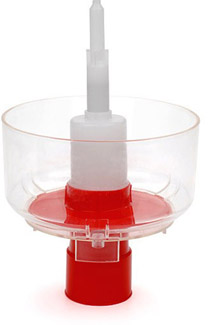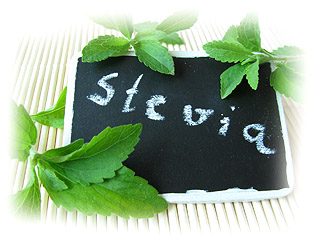Ever wonder why you have a subconscious thirst for a full bodied beer when there’s snow on the ground? Or how about a beer that offers a certain level of refreshing crispness when you’re at the picnic table for a 4th of July party? Perhaps you’re at a renaissance fair on a cool fall day and you have your palate is craving a brew that’s malty instead of hoppy. Beer Brewing kits can quell these cravings and provide a fun, rewarding way to put your own stamp on brewing beer at home.
Most seasonal home brewing recipes offer obvious generic names to stand out amongst other recipes. Names such as “Winter Lager” and “Summer Ale” come to mind. While these recipes are, in their own rite, still very satisfying beers, there are many more recipes for home brews that coincide with the seasons. To enjoy these beers during the season in which they are designed for it is recommended that you give ample time for preparation and fermentation. Starting the process during the prior month of its consumption is the typical practice. (For example, to enjoy a summer beer in the summer, start the process during spring.)
Winter Style Beers
Winter style beers are typically brewed to yield high percentages of alcohol to get you through the cold winter months. The colors usually range between light brown and black.
Scotch Ale– Scotch Ales are considered a fairly strong beer with colors ranging from amber to light brown. They tend to be sweet and full bodied with a pronounced malty caramel and roasted malt flavor. They can typically yield an ABV% ranging between 6-11.
Winter Warmers– Winter Warmers are the typical winter beers. Most commercial winter lagers are modeled in the Winter Warmer fashion. They tend to rely heavily on a malty sweet presence rather than a hoppy bitterness. Winter warmers can typically yield an ABV% ranging between 6 and 9 and their colors range from reddish-brown to pitch black.
Spring Style Beers
Spring style beers begin to transition from the heavier, darker beers into beers that emphasize wheat flavoring. They offer a myriad of characteristics including beers that are citrusy, cloudy, crisp and refreshing.
Bocks– Bocks are common spring beers that offer medium to full bodied profiles, but no roast flavor. They tend to favor more of a malty influence with low levels of hop bitterness. They are generally brown to dark red in color, but bock variants such as Maibock can come in a golden color. Transitioning from the stronger winter beers, the Bock’s ABV% ranges between 5.5 and 7.5.
American Blond Ales– Blond Ales offer pale yellow to deep gold colors. It is an all malt brew, with most showing a level of subdued fruitiness. Hop character is of the noble variety, or similar, leaving a light to medium bitterness. A balanced beer, light bodied and sometimes lager like. Blonde Ales generally hold a ABV% between 4-7.
Summer Style Beers
Summer style beers are brewed to be relatively pale, light, crisp and relying heavily on wheat elements and citrus nodes that are smooth and pleasing to the palate.
Saison– Saisons are traditionally brewed in the winter, to be enjoyed throughout summer. It is a French beer in origin but has a strong following in the United States. Saisons typically are fruity in aroma and flavor resembling a wheat beer and brewed with heavy amounts of spice to build a mild tartness. The typical “summer ale” is modeled off of Saison Variants. They tend to be semi-dry with many only having touch of sweetness. The ABV% of Saison beers range between 5 and 8.
Kolsch– Light to medium in body with a very pale to clear color, hop bitterness is medium to slightly assertive. Some versions of Kolsch are considered to be very similar to pilsners. ABV% ranges from 4-6.
Fall Style Beers
Fall style beers, typically varieties of ales, are brewed to transition back into the cooler fall months. They generally rely on malty, spicy elements to provide a beer that is sweeter than it is bitter.
Pumpkin Ale– The Pumpkin Ale is quite varied and can sometimes be referred to as a variant of Harvest Ales. Flavorings can come from actual hand cut pumpkins to pumpkin purees. These beers also tend to contain ground ginger, nutmeg, cloves, cinnamon, and allspice. Pumpkin Ales are typically malty, with a spicy aftertaste due to the combination of the “pumpkin pie spices.” The ABV% of Pumpkin Ales range between 4 and 7.
Marzen/Oktoberfest– The prototypical fall beer, Marzenbier is full-bodied, rich, toasty, typically dark copper in color with a medium to high alcohol content. The common Marzenbier contains roughly 5-6% ABV and has a mild hop profile relying mostly on a malty influence to blend its robust flavor.

 Dear Kraus:
Dear Kraus: Hi,
Hi,
 Dear Kraus,
Dear Kraus,